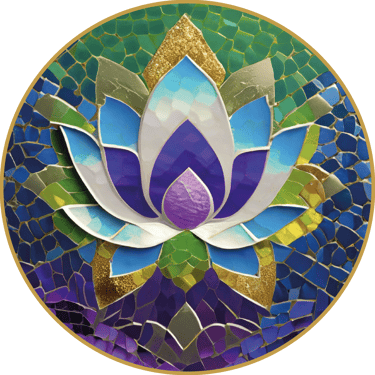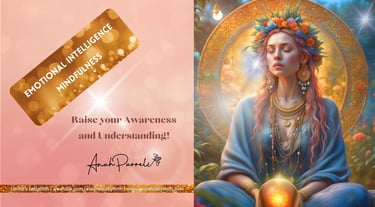Site currently being redeveloped! Relaunch coming soon!

PAGE CURRENTLY UNDER CONSTRUCTION
Guided and
Creative Visualisation


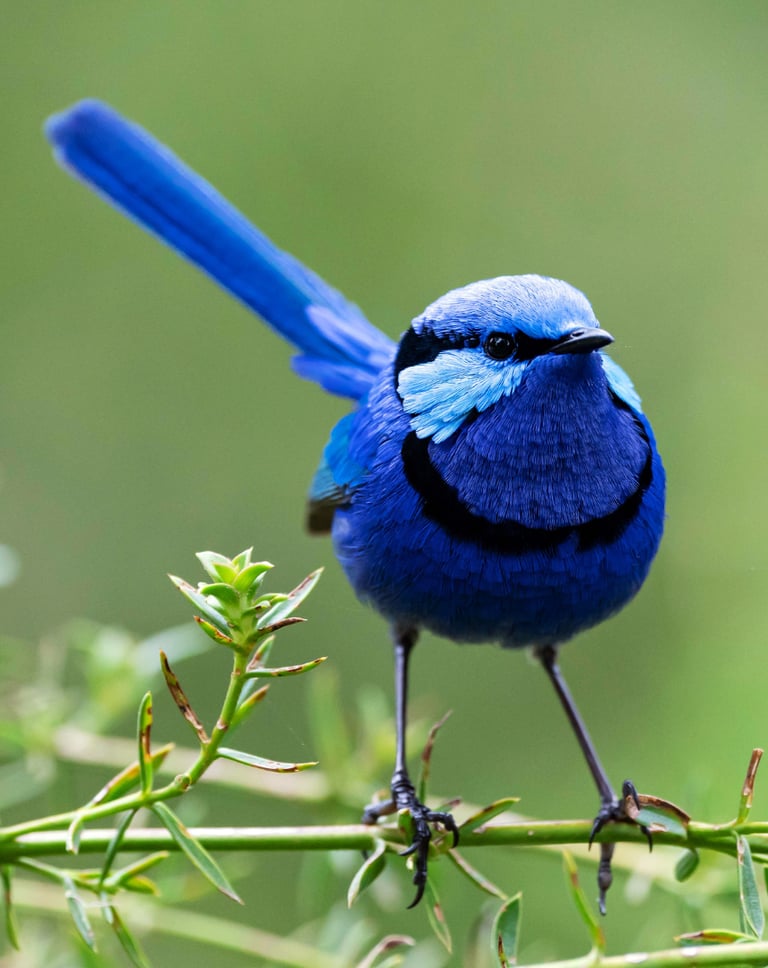

Meditation
Learn about Creative Visualisations and Guided Mediations here and access scripts and videos tp promote your own self paced and self directed healing.


What are they?
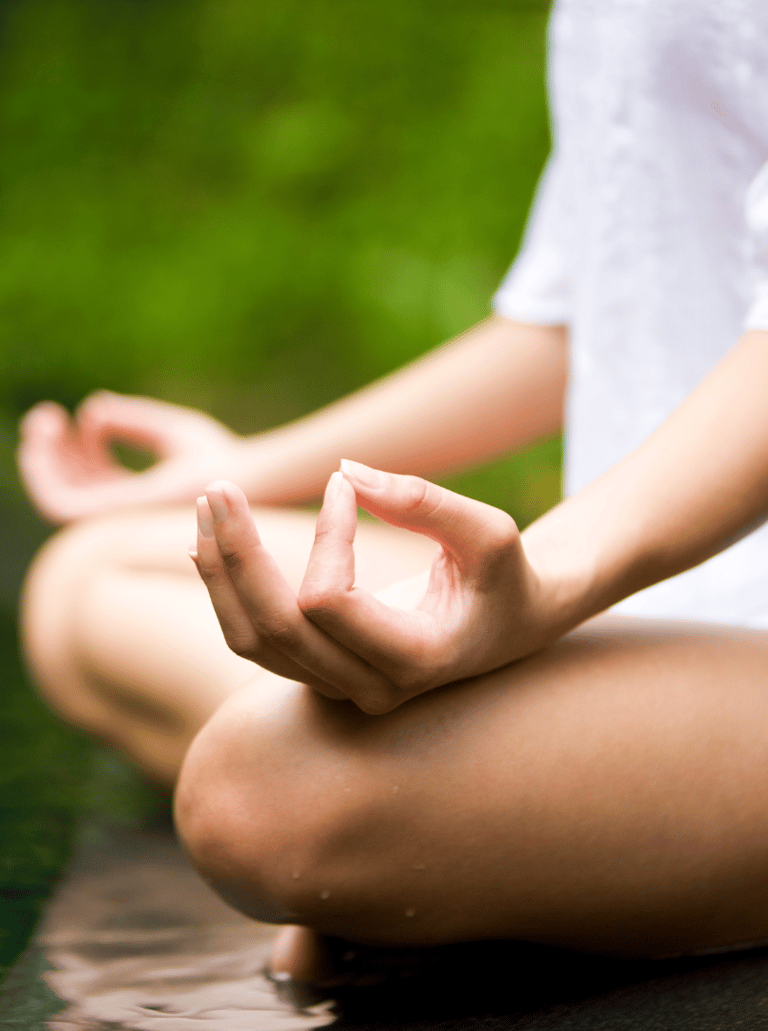

Guided meditation, Creative Visualisations and Hypnosis share many of the same qualities – a person's voice leads them to a specific goal or purpose. The differences are debatable. Within the modern context, there is a perception that an independent third party must carry out guided meditation and hypnosis. However, this is not necessarily correct. All that is needed to do either of these activities is to have a script, and the best results occur when a person is listening to their voice guiding them on the 'healing journey'. At the same time, there is a health-related requirement that we pay particular attention to the script we are using to ensure that we are not brainwashing ourselves or deluding ourselves. There is some evidence that indicates that people can give themselves psychosis from meditating obsessively to a delusional script.
Purpose
Some people state that the purpose of guided meditation is to cultivate Mindfulness, relaxation and a state of calm awareness by getting a person to focus on the physical sensations (such as the breath), which is, in fact, the 'mindfulness' approach to meditation. Mindfulness meditation can be guided, and there is a multitude of them online - often referred to as hypnosis, where a person ('hypnotist') leads a person to a state of relaxation (often for healthy sleep) and promotes subconscious healing in the sleep state.
Guided Meditation (also known as Creative Visualisation)
Guided meditation is often referred to as "Creative Visualisation," and Creative Visualisation is used by some Mental Health practitioners and psychologists (for example, Shakti Gawain) to heal deep emotional wounds and limiting beliefs, including a lack of self-love. There appears to be a misconception among some people that the two activities are distinct and must be led by a third party or 'therapist,' which is not true. That being said – people who are 'hypnotherapists' have different qualifications from those people who trained as "Meditation facilitators' and neither industry is regulated. For instance, in Australia, a person does not need to be a therapist, hypnotherapist, or psychologist to run meditation and guided visualisation groups. However, the types of therapists that state that there is a difference tend to be Psychologists or "Mental Health Experts' who potentially may not have explored Creative Visualisations effectively and may not be aware of the success of Gawain (an American Psychologist), who has made a career out of providing information and strategy to the public through her books and sound recordings (CD's back in the day) leading people through their journey of self-healing.


Selecting or Writing your Own Script
To activate and fast-track change, it is better to record the 'scripts' in your own voice, as self-recorded scripts override your 'mind chatter' or drown out limiting beliefs, replacing your voice over the top of your thought patterns.
Types of Scripts:
Affirmations (repetition of statements to self).
Visual Journeying to Heal Deep Subconscious Wounds
Note: When we start the activity of Creative Visualisation for healing purposes, it's helpful to be 'guided' and have someone direct the process, but once we have been 'guided' a few times, we can start to make the 'journey' without the use of someone else's voice. At the same time, the benefits of recording the script in your voice are that meditation, focus, and concentration can take time to achieve.
When we do a guided meditation, we might find our thoughts wandering initially to things such as 'What will I cook for dinner? When I finish this, I need to do.. "and before we realise it – we have lost our focus, and then we try and find our way back to the script.. the voice guiding us helps us to return to the present moment and refocus the attention back onto the meditation and the narrative.
TIP
Scriptwriting: Whatever script you use – must involve some level of sensory experience: Hear, See, Smell, Taste, Feel (emotions or sensory). If you are writing your script, don't forget to include the passages of: We are meditating today for [Purpose] before we do we are just going to focus on ensuring physical comfort, {body relaxation steps], now put your focus on the breath [sacred breathing steps]. Followed by something along the lines of where the journey starts. For example, In your mind's eye, you can see yourself [here], and as you look out, you see [set the scene] (such as you see yourself standing on the shoreline of fine white sand that you feel filtering between your toes. It's a warm day, and the sky is blue; a few fluffy white clouds are noticeable - soft and white; the sea is vast and stretches out way beyond the horizon as far as your eye can see. Pay attention to the surface. Is it turbulent? Watch the ocean for a few moments, and you will see that a change is occurring – what was turbulent becomes calm, and the waves become smaller and smaller until they are like ripples, gently splashing at the shoreline. Can you hear it? Can you smell the sea salt and the sea spray? Can you feel the air on your skin?
Grounding: Upon completion of your activity, ground yourself. While you are still learning and raising your self-awareness, you could consider keeping a notepad and pen there for when you have finished to note down your observations so that you can unpack them later. Each observation will have some subconscious significance for you to explore. For instance, barefoot might indicate a level of recklessness if you are walking on rough terrain. In contrast, safety boots while walking at the beach might indicate a clunky approach to your day-to-day living.
Recommendation
Novices: Novices are individuals with no prior experience in meditation, guided meditation, or Mindfulness. For this demographic, it may be best to engage a professional or find some verifiable audio content to help expose them to the process. This is where they learn how to speak and talk through a visualisation activity at a pace that is comfortable to listen to. Timing and delivery are essential, as they involve placing pauses for visualisation and then providing tips for the next stage.
Self Lead: the idea of creative visualisation is where the person has their imagination prompted (and not led to a conclusion), so it should avoid telling a person anything much at all - including whether it is daylight or nighttime; however, daylight and sunshine are standard recommendations because the 'warm the soul' with imagery. When creating your script, you might say, "It is a glorious spring day, and you are setting off for a walk in nature". However, that walk is going to look different for different people - so a good script will say - cast a glance at your surroundings; what does it look like? Then, allow a pause for the person to 'imagine' their surroundings, then the prompts come in with 'make a mental note of this for you to think about later'. If you are in a forest - notice the trees and the leaves. Can you see any animals? Hear any birds, let your consciousness follow the sound and the perfumes. Other inclusions might be "You glance down at your feet and notice your footwear, and you see the smoothness of the path.. is it a path? Or are you on the road? What do you notice about it? Is the path rough terrain?
Cautions:
Do not force or strain when 'imagining and visualising'. Remove Judgment of right and wrong and step into a space of acceptance. If it's not happening as you would like it to or as you imagine the visualisation would occur, you can do it again another time.
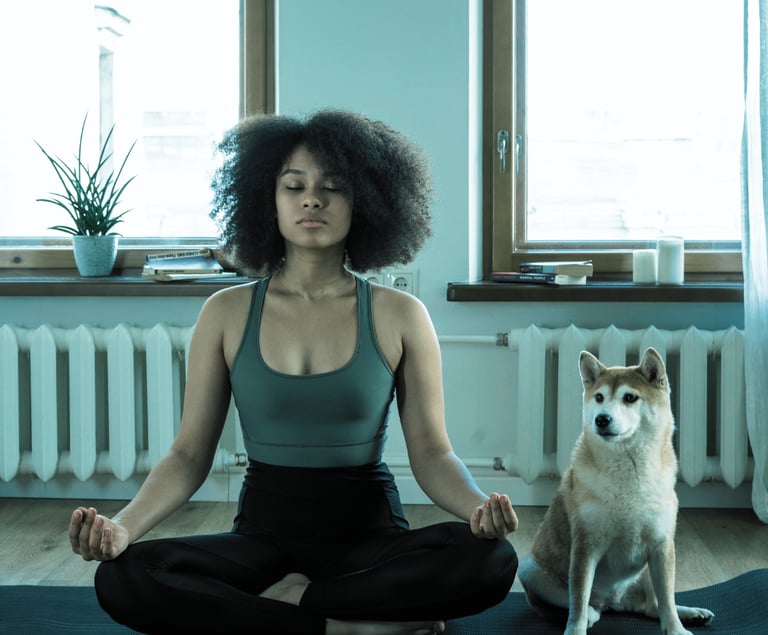



Tips and Suggestions
Affirmations and Guided meditations are more effective when made in your own voice. Use ear plugs or buds; it minimises the risk of distraction, helps to reinforce the new narrative, and facilitates the process of integrating the new dialogue into your own narrative and neural repatterning.
Loss of focus: If you find yourself losing your train of concentration- avoid judging or getting cross with yourself. Bring your consciousness and attention back to the voice and follow the prompts.
Judgement: Avoid judging both yourself and your progress, and simply be aware and act as an observer of your meditation practice. It can take many years to sustain meditation undistracted. Simply acknowledge and observe. Even with a guided meditation, you might simply start to recognise at different points throughout, you lose your focus and have to pull your consciousness back to the sound of the guiding voice, and that is okay.
Protection: Many people like to start their visualisation activity with a 'protection activity or exercise', such as prayer, invocation, or boundary protection visualisation.
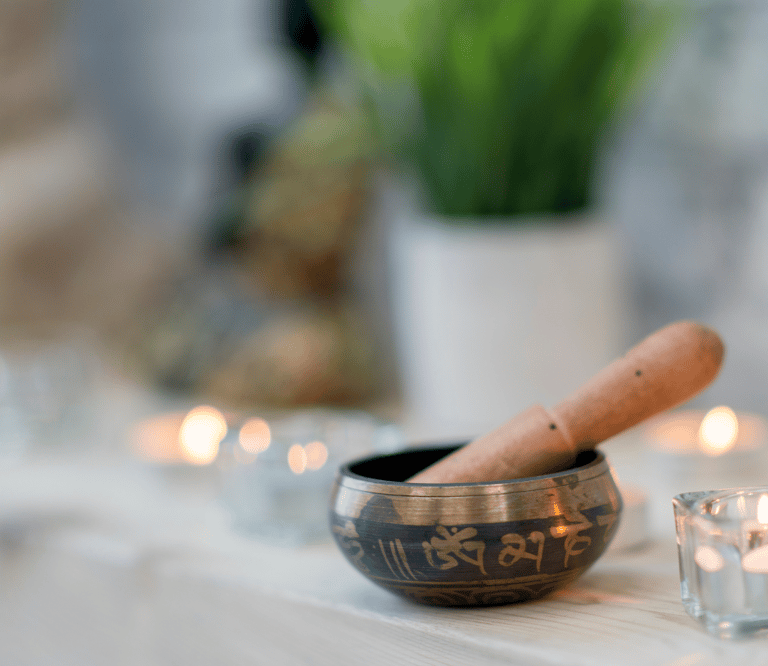

Script Writing: Whatever script you create, ensure you have included the space for a whole sensory experience - taste, feelings, smell, and sound, as well as 'vision and seeing. Guided visualisations and affirmations are best started to include the Sacred Breath.
Novices and Beginners: People new to meditation might want to experience the guided meditation led by others before creating their own scripts or recording scripts in their own voice. This will allow them to establish the best places for pauses and prompting.
Relaxation: Beginners might get the best results if they do a brief relaxation meditation before doing the guided visualisation.
Posture: Creative visualisations are best done in the sitting position to avoid falling asleep, whereas affirmations are best done when they are played on repeat in your own voice while lying down so that your subconscious is 'rewired' while in the sleep state. You may need to GROUND YOURSELF after a creative visualisation. You can find the tips here.


What are they?
What are they?


What are they?


Intention
Intention is the purpose and reason for the activity (or actions), either consciously or subconsciously. Within the context of meditation – it is where we choose to take responsibility willingly and consciously for our actions and our state of well-being (feeling peaceful and so forth). However, intention varies when it comes to meditation – especially when linked to the intention of meditating for healing (including emotional soothing) or faith-based practices.
Intention (especially when verbalised, such as in an ‘invocation’ and prayer) sets the aim and purpose of the meditation at the forefront of the brain. It can enhance the manifestation of the desired outcome. It helps to clarify the subconscious desire. Whether a person is new to meditation or experienced, setting the intention can be done well beforehand with consideration given to the wording (when for specific purposes such as:
Raising vibration and increasing inner light levels to the maximum possible for right here and now
Healing a specific emotional wound
Opening the heart to love
Aligning and balancing the chakras and/or aura.
Raise to conscious awareness any subconscious thoughts and beliefs of limitation that leave a person locked in undesirable circumstances.
Releasing negativity from the aura and chakras at a cellular level
Create inner peace and harmony
To create internal and external balance or emotional stability
To purify and cleanse the aura
To develop specific chakras (e.g. to attune the throat chakra to speaking the truth with honesty, kindness and compassion) or to balance and activate the sacral chakra, to harness the power of emotion as part of strengthening the desire for manifestation success.
To be present in the moment – right here and right now.
To ‘download the data’ of the information and knowledge required to achieve the ‘next step’.
For “oneness” with the universe and to experience the feelings of divine and unconditional love.
TIP: Reflect on what it is that you aim to achieve through the process of meditation (and it can be nothing more than focusing on the breath, becoming more aware of the body and sensation of in /out breath, and developing the sensory perception in the present moment. When you have decided why you want to meditate, create the space and state your intention before beginning the process.
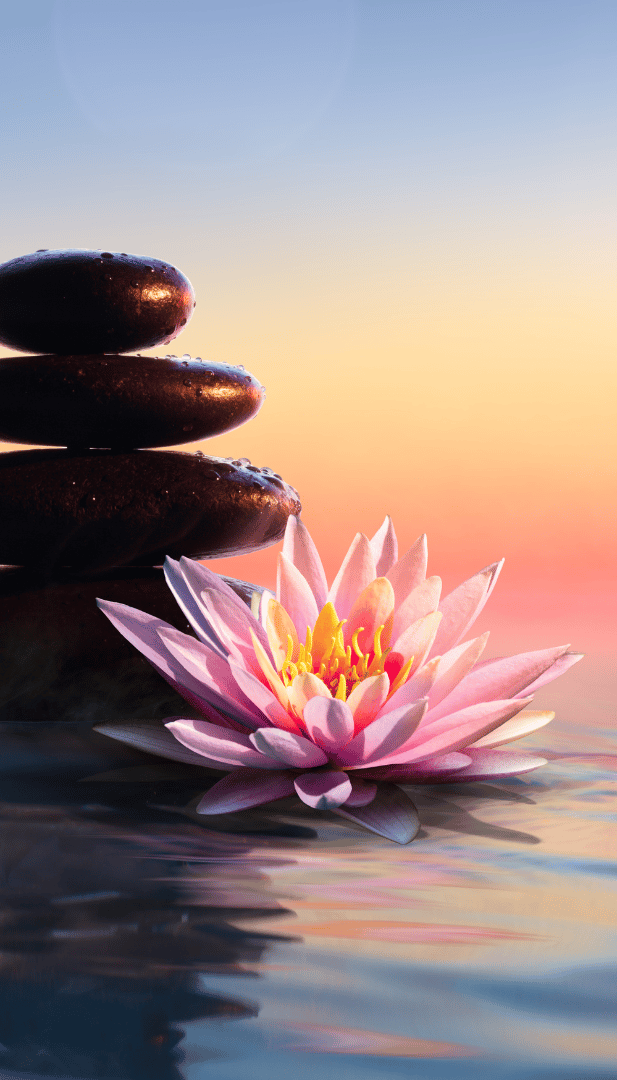



Mindfulness
Mindfulness involves being fully present and aware in the moment, without judgment or attachment. It's a practice of paying deliberate attention to your thoughts, feelings, bodily sensations, and the environment. Mindfulness can be incorporated into daily activities, such as walking, eating, or even just breathing. Its primary focus is on maintaining awareness and acceptance of the present moment. Mindfulness is currently recognised by Mental Health workers and practitioners as part of stabilising emotions and even mood disorders, leading to happy health outcomes. You can find information about mindfulness (and Strategies) by clicking on the image. You will be redirected to YouTube and Part IV in a series of 5 Episodes on Emotional Intelligence and Emotional self-mastery.
How Mindfulness Activities Work
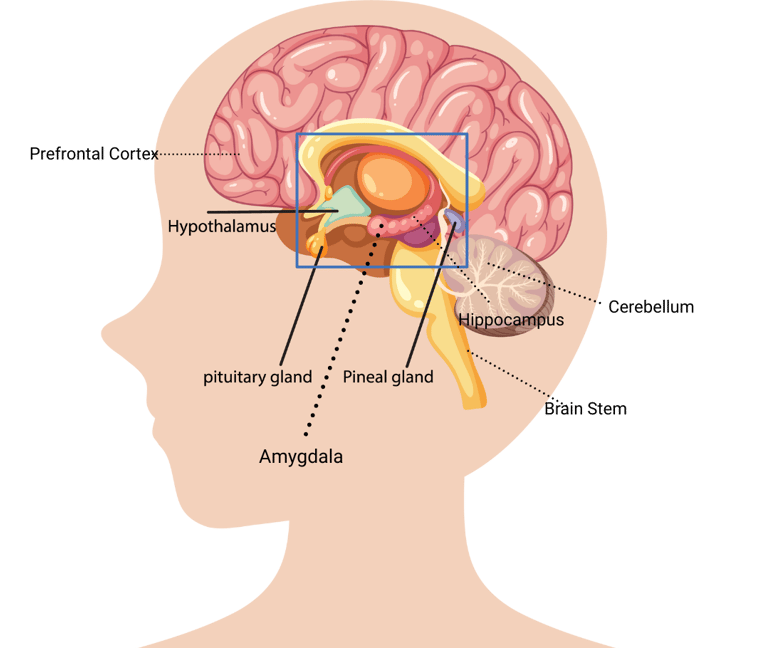

From a spiritual perspective – most people attempting to expand their way of thinking and to access the 'source of knowledge' (also known as the Universal Wisdom, or ONE with the Universe) are taught that there are two types of thinking and behaviour: Love and Fear. Anything less than love is fear. From a scientific perspective, the research would indicate that, from an emotional standpoint, there is truth to this belief about emotions. The image here depicts the Brain and its function (the Limbic System), and scientists can now confirm that when a person is triggered, the Brain responds in one of two directions initially. Either logically and rationally - or reactively and impulsively and potentially violent and aggressive. More specifically – the Amygdala responds to an event or threat and is central to forming emotional memories. When it perceives a threat – it activates the Sympathetic nervous system – and from there, it determines whether the person should react with the fight or flight (stand up and argue or run away). When it perceives the threat, it activates hormones such as Adrenaline or cortisol. Whether the fear response is relevant to here and now, it will create physiological changes, and the person will react from the brain stem – impulsively. The key to managing emotions is to recognise whether the perceived threat is based on reality or not and to respond to it in a way that yields the best outcomes for survival. Even in high-risk situations, a person must stop and rationalise their next move as part of preserving their health and wellbeing.
For example, when delivering first aid, we are taught that if we see a person lying on the road with an electrical wire around them (live), we do not attempt to remove the cord; instead, we must turn the power source off before attempting any form of first aid. An impulsive person would rush in to offer assistance and get electrocuted. Equally – if we are unable to swim, we don't jump into the water to rescue a drowning person unless there is floatation advice available, and better still, we stand on the shore and throw the device into them, and we pull them to safety.
When we are reacting – we are working and functioning from the brain stem. Emotional mastery occurs when we recognise the danger and, instead of impulsively reacting to it, choose our response logically and rationally (from the prefrontal cortex). Where impulsive and volatile reactions are embedded in our behaviours, it requires commitment and dedication to make the behavioural changes and shift to a more controlled response to stimuli. Every time the Amygdala sends a hormonal impulse to the Brain or prefrontal cortex, it creates a 'neural pathway' that becomes embedded in our physiology. When we attempt to master our emotional reactions - we are actively working toward "neural repatterning". This type of therapy is usually referred to as "Schema Therapy" and is a recognised treatment for people with flawed thinking and emotional responses and also people with behavioural disorders. Schema therapy is considered a good option for people with anxiety-type disorders and behaviours, including conditions such as Obsessive-compulsive Disorders. It's not always about addressing emotional reactiveness. It can be beneficial for those people who fail to recognise the 'risks' or to respond to discomfort before a reaction occurs. Neural repatterning is at its best when a person can identify their emotional state before the Amygdala perceives 'danger'. The process of recognising and identifying emotions is called 'increasing the levels of self-awareness', which is where Mindfulness practices are beneficial - not just in calming the body's emotional state post-reaction (or pre-reaction), but also for early intervention as part of assessing their internal well-being.
MINDFULNESS TIPS: Some research has identified that mindfulness activities create 'stress' within a person because they are unsure whether or not they have 'done it properly' or if they have 'failed to notice something they should have'. If this is you - remind yourself that mindfulness is not about judging yourself. It's about raising your levels of awareness and calming your emotional state (relax). Throw away the concept of 'right and wrong' and follow the objective - Observe yourself and your body's responses right here and right now in the current MOMENT. When you are worrying, did I do it right? You are focused on a moment that has passed. It no longer has relevance. If you didn't feel anything or observe anything - simply accept it for what it was and commit to paying attention and being more observant of your responses each time you do the activity. It's normal not to notice or feel anything the first few times anyway, because this is a building activity that takes practice and repetition. Everyone is different - some people might be able to do it on the first try, but for others, it may take multiple attempts.
NOTE: Some people have statee that they have heigtened senses after doing mindfulness activities such as sensitised hearing, and where noises become 'jarriing' after relaxing. if this occurs, simply 'ground' yourself. If you were doing the mindfulness activity outside, simply upon completion, stamp your feet on the ground or put your hand on a plant and allow yourself to reconnect in the present moment, peacefully and calmly


Mindfulness Activity 1 - Eating
Mindful eating is a simple technique, and it involves eating your meal without engaging in any other activities (including talking). Your entire focus of attention is on the process of eating without distraction. To do this, you need to ensure that your radio or television is turned off, your phone is on silent, and that there is no talking during the meal. You pay attention to how you prepare the food to go in your mouth (if you use a knife and fork - how small are you cutting the pieces? Does the knife cut through the food with ease? Are you using a spoon? How well do you balance the food on the spoon? What do you notice about the texture of the food? Is it soft or hard? What muscles are you using as you raise the food to your lips? What does the food feel like as you pass it over your lips? Does the food smell? What ingredients are prominent (for example, garlic or spices?)? Does the food taste sweet or bitter? Are you savouring the food? Can you chew it many times? Savour the food; what does it feel like over the tongue? Incorporate gratitude into this experience - recalling not everyone everywhere has access to food. If you are religious, you can incorporate your belief system into this activity - for instance, honouring the Divine (Goddess or Creator) for the abundant supply of nutritional food available to you - or simply for food to take away your hunger pangs.
Benefits:
Self-Knowledge: Opportunity to develop better table manners and awareness of dental health (do you need new teeth or to visit the dentist?) Do you have food sensitivities?
Sensory awareness: Do you struggle with food tastes or food smells? Do you notice what is happening with your breath while you are eating? Can you feel the intake of the in and out breath over your tongue? Are you breathing through your nose or your mouth?
Appreciation and Gratitude: For physical body, and to notice the 'blessings' and good fortune to be able to eat a meal.
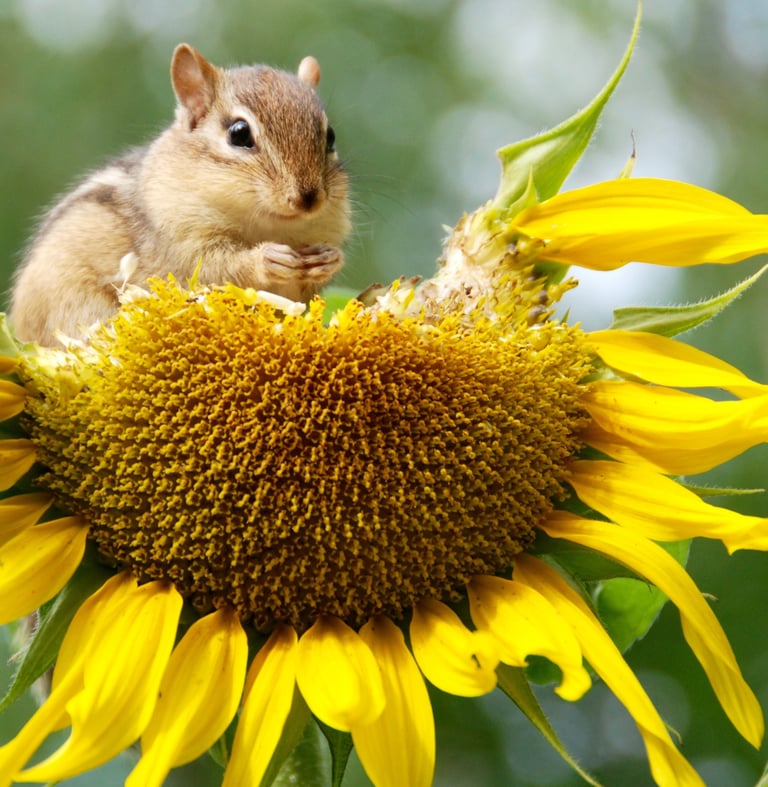



Mindfulness Activity 2- Walking
"Mindful walking" is another simple activity and form of meditation that you can easily incorporate into your life. You don't need to do a long 20-minute walk; you can simply incorporate it as you move around (walking to the bus stop), although it is unlikely that you will be able to fully throw yourself into the activity if you have to navigate the traffic and other people. However, if you are going for a longer walk, it will be easier to develop self-awareness initially. In this exercise, simply concentrate on being aware of your feet and body as you walk and apply the rhythm of your breath to the activity. You simply 'feel your feet' as they are placed on the ground (a good place to start). Do you walk on the tips of your toes or the balls of your feet, or do you put the entire foot down with each step? What happens with your breathing when you are walking? Is it in step with your feet? Does your step have a rhythm to it, and does your breath have a rhythm to it? As you walk - what do you notice in your surroundings? In this activity, you are the observer of yourself, and the idea is to practice non-reaction to your observations and to live in the present moment. (That being said - if you are in Australia and you are being observant of your surroundings, this will include shifting yourself out of the way of potential threats of snakes and magpies swooping!). However, as you adapt to threats - pay attention and observe how your body instinctively navigates these challenges. As an observer and developing self-awareness, you could try and observe how your inhales and exhales occur - do you feel them warm or cold? Do you inhale through the nose or the mouth? What muscles do you feel being 'worked'. Smells and odours - are there any flower perfumes, or can you smell dampness? Do you hear dogs or birds as you walk around? What other observations can you make - breeze, wind, the tree auras? The sky - clouds? Are the clouds fluffy or straight? Is the sky blue, white or gray? Can you feel the breeze against your skin? Or are you wearing long sleeves - can you feel the fabric of the sleeve against your skin? Do you feel happy when you are walking outside - and were you unhappy and tense before you started walking. Did you notice a change in your emotional state through the activity?
Benefits:
Self Awareness
Sensory Perception
Environmental Awareness and Appreciation for the Beauty of the World.
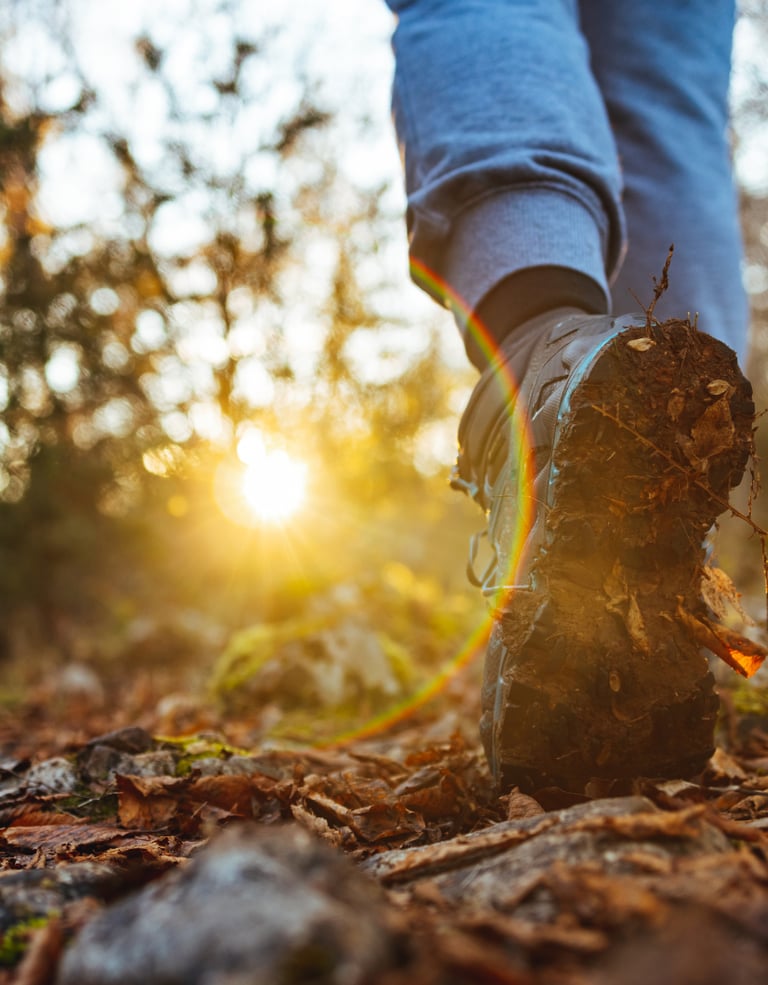



Mindfulness Activity 3- Sensory Perception/Emotional Regulation
This activity is recommended by mental health professionals for people who suffer from significant Emotional Dysregulation and can be practised by anyone who is suffering from anxiety, phobias or heightened stress. We could also call it a 'conscious meditation". People experiencing an emotional crisis may also receive benefits from calming their minds and nervous system (limbic responses). You can do the activity indoors or outdoors; being outside has a quicker effect on the Nervous system. In this activity, you can be sitting, and it's not necessary to close your eyes (in fact, at different points, you need to have them open!). You can also take a cup of tea with you to sip as you do the activity.
Once you have made yourself comfortable, put your attention on your breath and focus on the rhythm of your breath, inhaling into the diaphragm, holding, and then exhaling slowly. When we exhale slowly, it promotes relaxation by activating the Parasympathetic nervous system, which slows the heart rate, lowers blood pressure, and decreases stress hormones, resulting in a calming effect that enhances focus and concentration. For those people who wish to 'raise their vibration', it enhances self-awareness and sensory perception. The activity generally takes about 15-20 minutes and involves you asking yourself some questions (five) and then doing a repetition of the five questions two or three more times. Below, you will find examples of what and how to do the activity:
Start by focussing on your breathing - professionals recommend focusing on your breath by taking three deep inhales and exhales (to the count of three or five). The longer you can exhale, the quicker you will enter the relaxed state.
Ask yourself the question:
What can I see directly in my line of vision or the peripherals without moving my head? You might answer "Powerlines" or "the gum tree', 'leaves blowing on the tree', 'flowers', ants, etc.
Ask yourself What do I FEEL (Physically)? "I can feel the heels of my feet pressing against my shoes", "I can feel the pressure of my buttocks against the seat', or "I can feel the cold air on my top lip".
What do I FEEL /(sense) is going on within me? "I feel tightness in my shoulders", "I feel heaviness in my lower stomach", "I feel heaviness in my heart - I feel sorrow'.
What can I hear? "I hear a plane passing over", "I hear the kookaburra laughing', "I hear a neighbour with their lawn mower".
What can I taste? "I taste the sweetness of the cup of tea' (you can alternate this with 'What can I smell?" - "I smell the moisture in the air, "I smell the perfume from the roses".
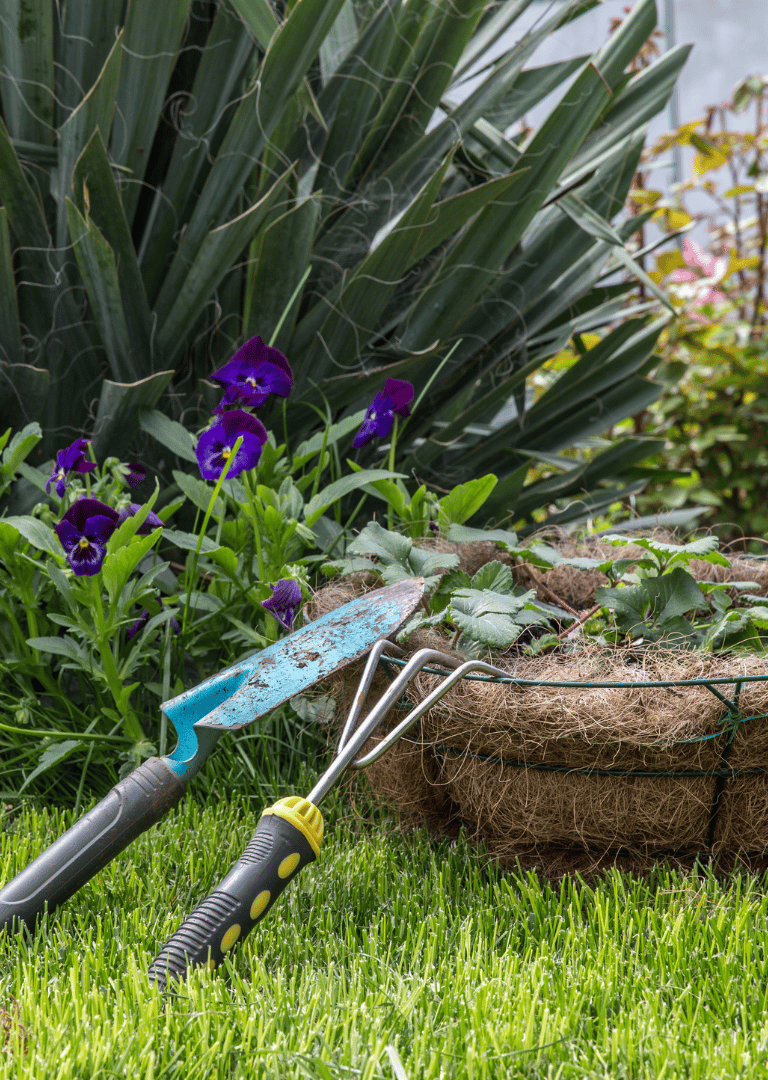

Once you have completed the first cycle, repeat the activity, finding a new 'experience' to answer each question. For instance, when it comes to what you can see - you won't be saying the tree for every answer. It might be that you can see the corner of the house or the roof. Or some other type of insect activity.
After you have done your four cycles (or five), ask yourself how you feel. Are you calmer? Do you still feel the nervous tension in your body? If so, you should repeat the activity and do another cycle or two.
NOTE: the first time you do this activity, you might struggle to find any answers. The more you do it, the easier it gets because, within this activity, you are also expanding your awareness and consciousness of what lies within - and what lies in the environment. You become more observant of both yourself and your surroundings.
TIPS:
Use your hands to keep track of the repetitions -for instance, on the first cycle, put up a thumb or finger after you answer each question. When you have all the hand digits extended - you know you have completed the 'cycle', and you shift your attention to the other hand to monitor the stage of the cycle.
Turn your phone off before you start, and make sure you won't be interrupted. Hearing other people talking is okay - as long as they are not talking to you and preferably beyond the fence.
Don't struggle, strain or attempt to force - be gentle on yourself. Practice makes perfect.
Benefits
If you can sit outside for this activity, by the time you get up to walk inside, you will have an observable mood change, which is inevitable. Even if you are not 'perfectly relaxed', you will feel more relaxed and more connected to the world and to nature. If not in the first session, you will start to develop a genuine appreciation for nature and your surroundings, especially in spring. These sentiments and gratitude for life will continue to grow as you engage in the activity more.


Breathing and "Breath Work"
insert text


Mantras and Chanting


Mantras and Chanting


Mindfulness


Mindfulness Activities
Add Image
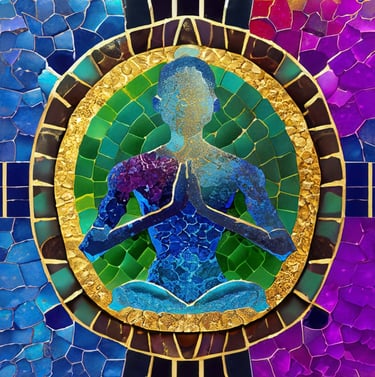

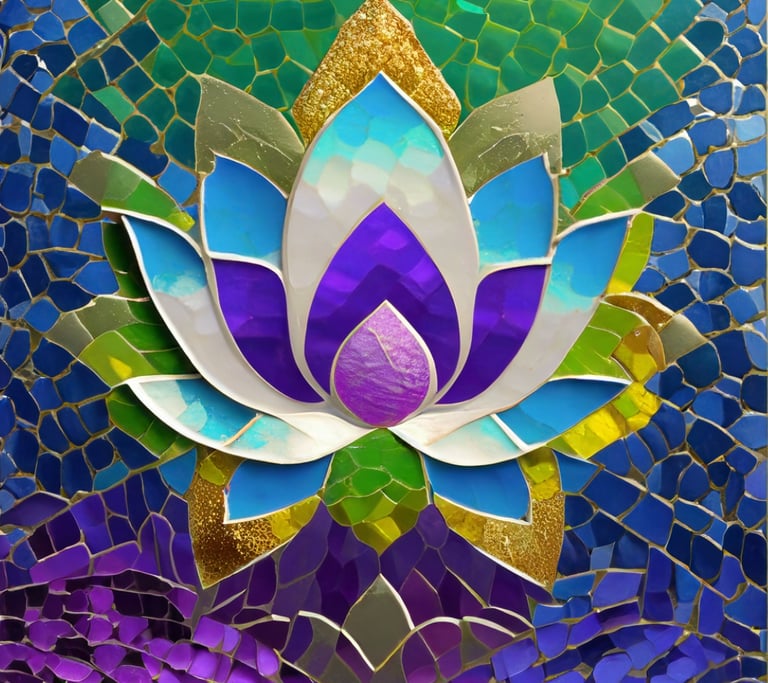

Have any questions?
If you would like to buy me a cuppa as an exchange for sharing with you, the information I have gained over the last 25 years - it would be gratefully received.
If you have any questions or thoughts about Meditation and Creative Visualisations - start or join a conversation at YouTube on the law of interest to you!
© 2025 Copyright Larinas Labyrinth
Mission
To support people to raise their levels of awareness, and develop themselves to the fullness of their potential through the access to provision of information and metaphysical product and other self help strategy.


Useful Links
Policies
